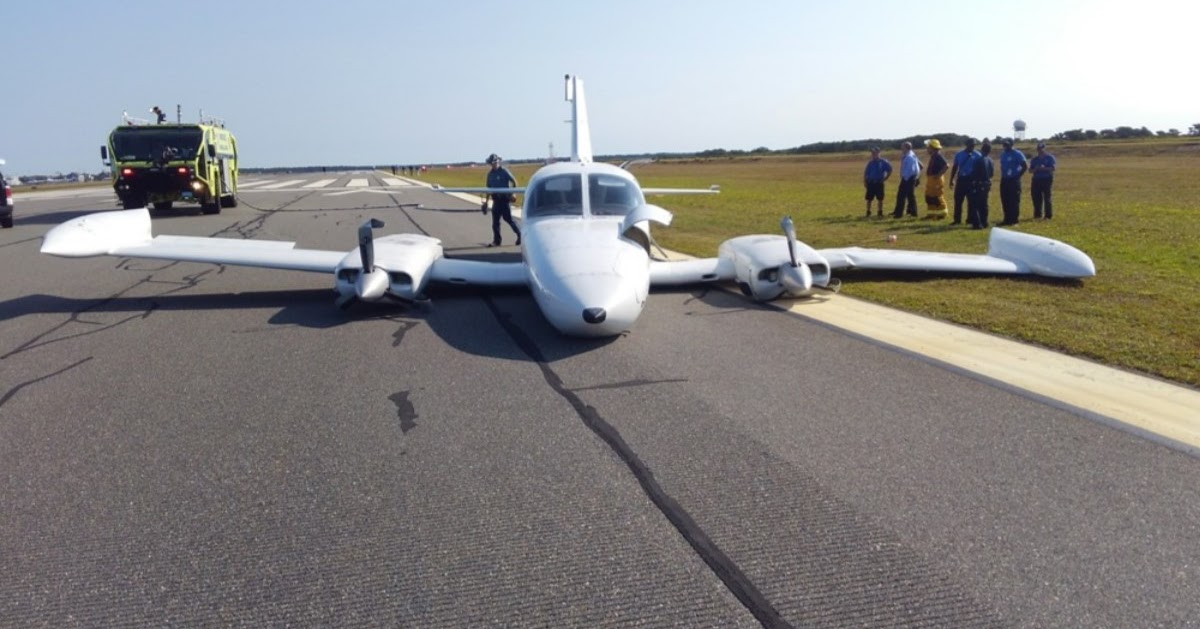

- Flight control system malfunction or failure manual#
- Flight control system malfunction or failure code#

On August 31, 2016, the owner flew the airplane to a repair station in New Bedford, MA, for an annual inspection.Īs part of the repair station incoming process, the chief inspector performed an AD search of the airplane using Avantext. The airplane owner/pilot later reported that he was not aware of the AD when it came out, but he felt confident that the maintenance facility would comply with it during the annual inspection. A review of the maintenance records revealed that between March 3, 2016, and February 6, 2017, there was no entry indicating compliance with the AD. The published maximum elevator trim tab trailing edge up deflection with the elevator in the neutral position was 5° +1°, -0°.Īirworthiness Directive (AD), with an effective date of April 26, 2016, specified replacement within 90 days of the effective date of attaching hardware of the elevator trim pushrod at the elevator trim tab actuator and trim tab ends. A push rod connected the trim tab actuator to the elevator trim tab which was mounted to the right elevator by a continuous hinge. In the tailcone, the cables were routed aft to pulleys just forward of the horizontal stabilizer rear spar, then up and through the right horizontal stabilizer to a chain which operated the trim actuator. The chain and cables were routed to pulleys, forward and down through the pedestal under the floor and aft to the tailcone of the airplane. The control wheel was attached to a sprocket which operated a chain and cables. The elevator trim control system was operated by a control wheel mounted on the left side of the pedestal in the cockpit.
Flight control system malfunction or failure manual#
It was powered by two 300-horsepower Continental TSIO-520-E engines and equipped with constant-speed, manual feathering three-blade McCauley propellers.

The seven-place, low-wing airplane, was manufactured in 1977. Landing Gear Type: Retractable - TricycleĪirframe Total Time: 4928.3 Hours as of last inspectionĮngine Manufacturer: Teledyne Continental His last flight review was conducted in the accident airplane on July 15, 2017. He reported 1,500 hours total flight time, of which 1,100 were in the accident make and model airplane. He held a first-class medical certificate with a limitation to possess glasses for near and intermediate vision issued August 12. The pilot, age 56, held a commercial pilot certificate with airplane multi-engine land and instrument airplane ratings issued December 5, 2005, and a private pilot certificate with airplane single engine land rating issued January 12, 2003. Medical Certification: Class 1 With Waivers/Limitationsįlight Time: 1500 hours (Total, all aircraft), 1100 hours (Total, this make and model) The airplane achieved a positive rate of climb and he retracted the landing gear however, after becoming airborne he was "fighting the controls to keep the aircraft from a nose down configuration." He used manual trim and verified the autopilot was not engaged however, the nose-down tendency continued and "controlling the airplane was increasingly difficult along with maintaining altitude." At that time he rejected the takeoff and executed an emergency landing on the remaining portion of the runway.Īirplane Rating(s): Multi-engine Land Single-engine Land The airplane accelerated to between 90 and 95 knots, and he began to rotate. The pilot stated that he had completed his routine "takeoff flow" confirmed by the airplane before takeoff checklist, and was then cleared to take off from runway 24. The flight was destined for Barnstable Municipal Airport-Boardman/Polando Field Airport, Hyannis, Massachusetts. Visual meteorological conditions prevailed at the time and no flight plan was filed for the flight that was originating at the time of the accident.
Flight control system malfunction or failure code#
The airplane was being operated under the provisions of Title 14 Code of Federal Regulations Part 91 as a personal flight. The commercial pilot/airplane owner sustained minor injuries. On September 13, 2017, about 0723 eastern daylight time, a Cessna 402B, N836GW, was substantially damaged during a rejected takeoff at the Nantucket Memorial Airport (ACK), Nantucket, Massachusetts. Investigation Docket - National Transportation Safety Board: ĭefining Event: Flight control sys malf/failįlight Conducted Under: Part 91: General Aviation - Personal The National Transportation Safety Board did not travel to the scene of this accident.įederal Aviation Administration / Flight Standards District Office Burlington, MassachusettsĪviation Accident Factual Report - National Transportation Safety Board:


 0 kommentar(er)
0 kommentar(er)
